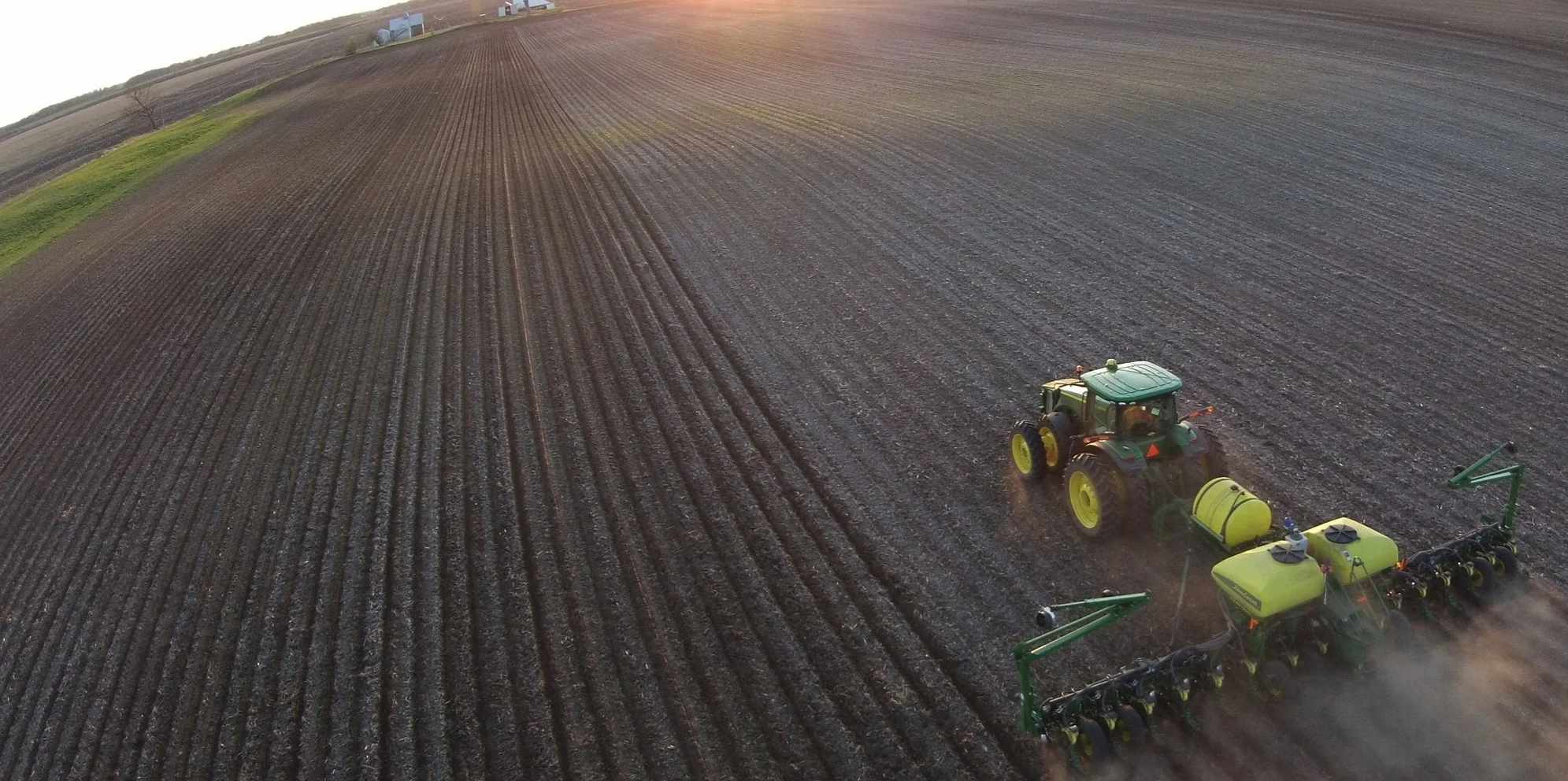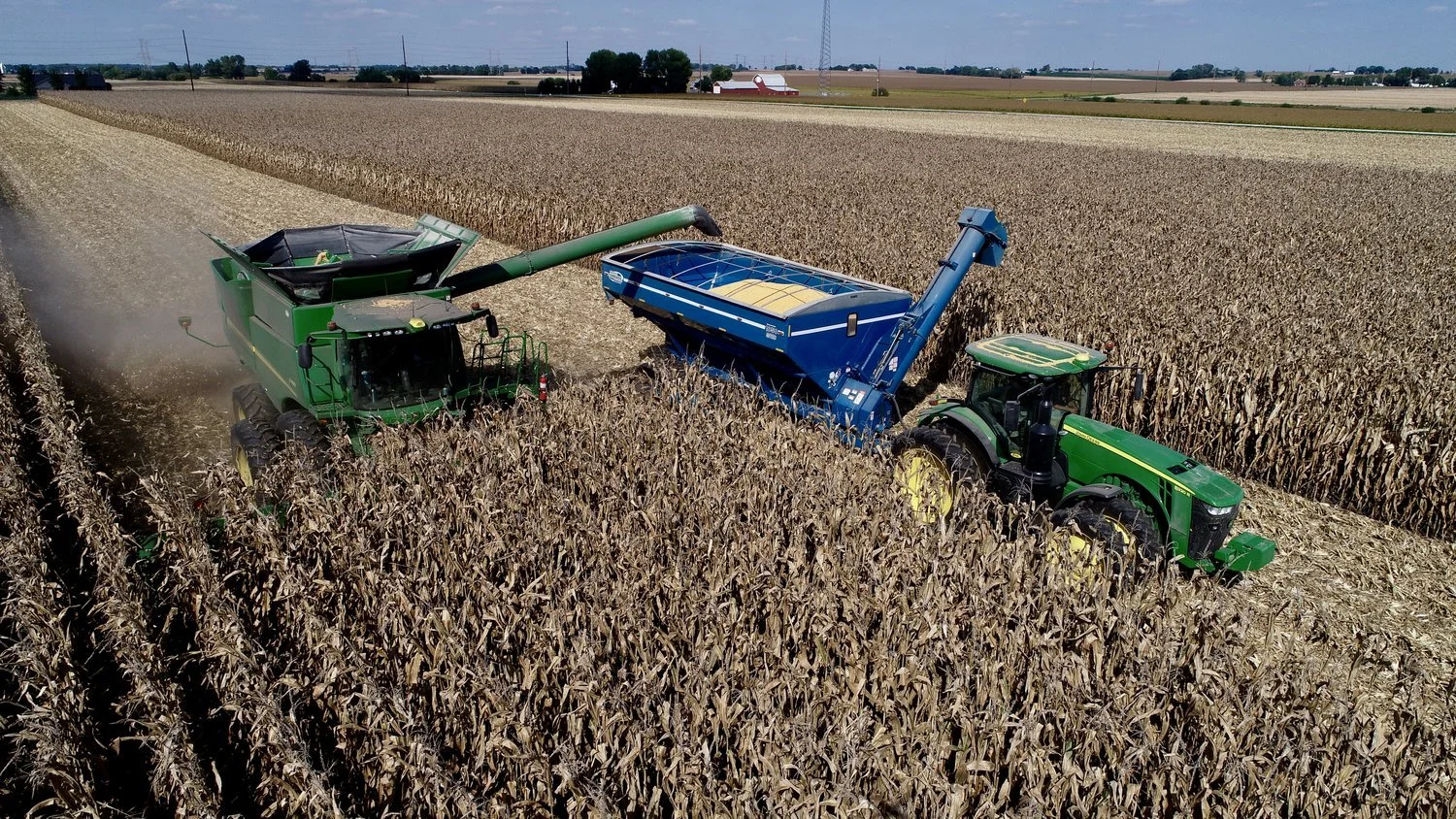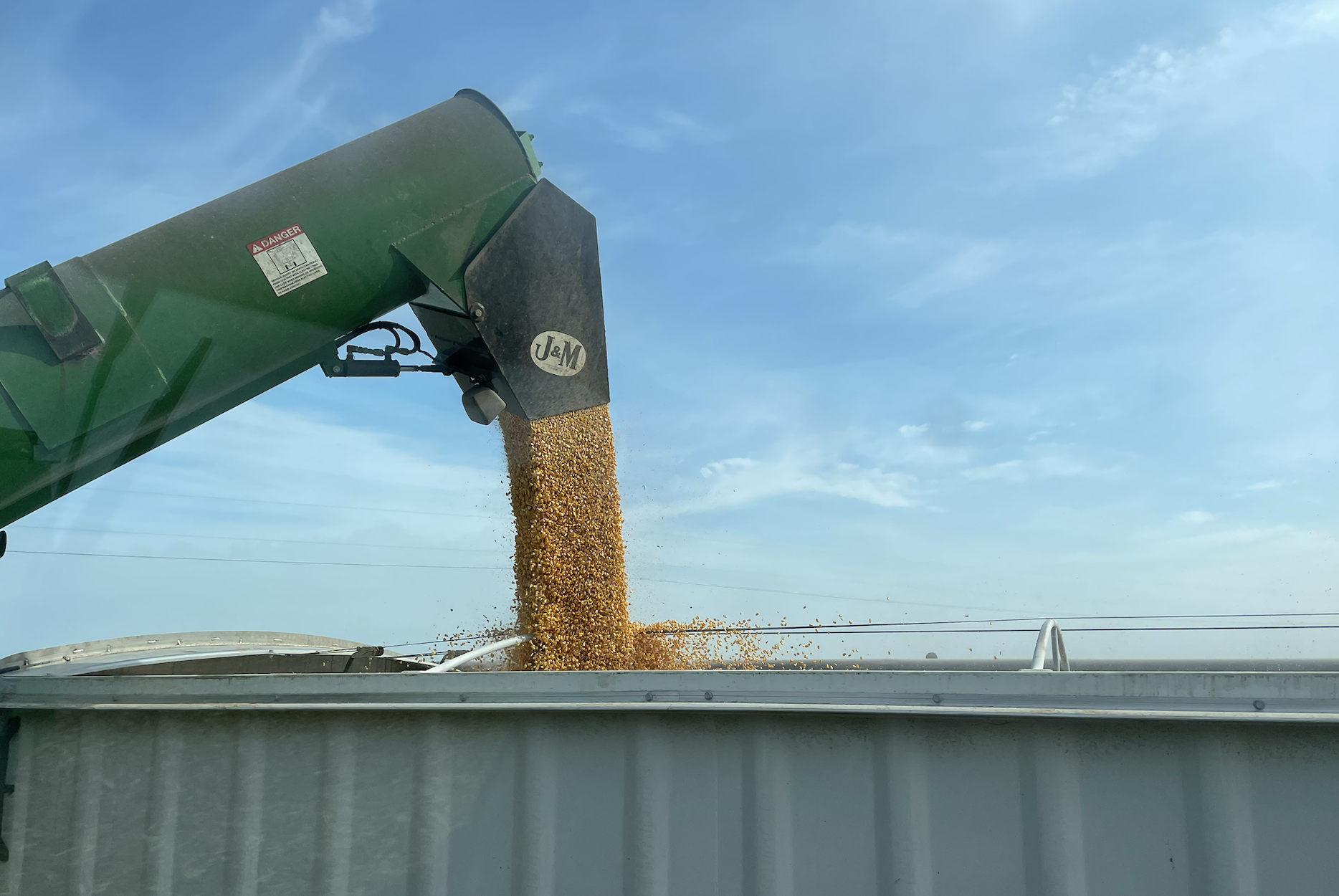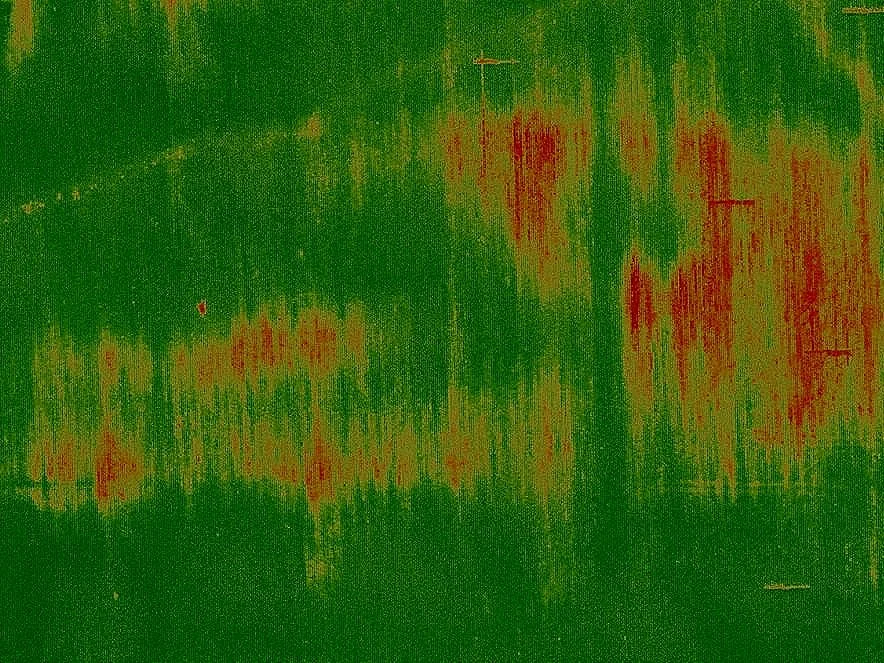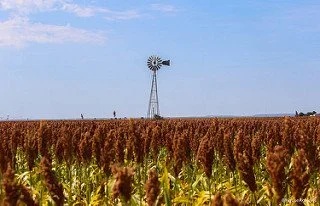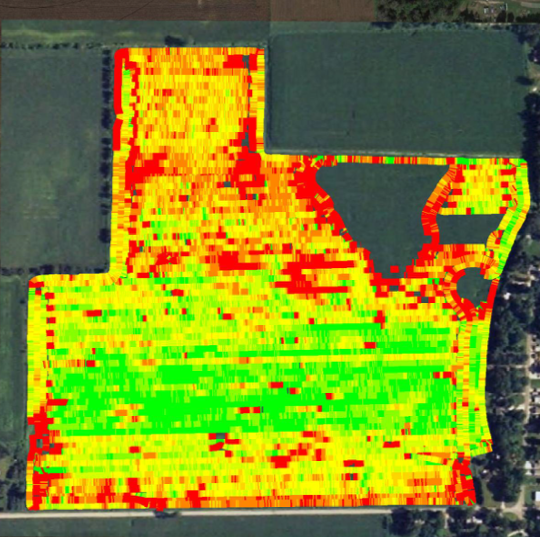Ranking the 5 Levels of Ag Data Transparency
/As someone who is immersed in legal issues related to data privacy and ownership, it should come as no surprise that I have a Google alert set up so that I get notified when a company uses the words “transparency” and “ag data” in a sentence. I get 2-5 emails per week, so there is still a lot of buzz in the industry surrounding ag data.
What I observe from the email traffic is interesting. Some ag tech providers treat “transparency” as a marketing buzzword—something companies say because farmers want to hear it—and others build transparency into every aspect of their organization. Using these extremes as bookends, I thought it was worth a deeper dive into categorizing the different levels of transparency between these points.
Establishing some levels would provide farmers and service providers a benchmark for comparing the relative transparency of the partner organizations they currently use, or plan to engage. It would also allow the companies themselves to pinpoint their approach and identify a pathway to improvement.
Here are the levels of ag data transparency from least transparent to most.
Level 1: Borrowing data privacy contract forms from other industries. In this category are tech providers that have given no consideration to the unique aspects of agricultural data. As a result, these providers have cut and pasted contract forms (e.g. terms of service, privacy policies, EULAs) used by other industries. While better than nothing, these forms lack transparency because they fail to define what “agricultural data” is. Instead, these providers treat ag data as just another form of “information” or “data” to be collected. Transparency begins with understanding what data is being collected. Generic forms can’t do this.
Level 2: Creating contracts that address the uniqueness of ag data. This next level of transparency comes with a recognition by tech providers that ag data is different than generic “information.” These providers understand that farmers and the ag industry care about ag data privacy and security. Ag data is propriety business data, not typical consumer data. These providers have also begun to recognize the importance of building contracts that farmers can understand. This is a great step in the right direction. Unfortunately, many of these good intentions still miss the mark. A contract may be easy to read, but 20 pages of fine print still requires searching to find answers to simple questions.
Level 3: Creating an Ag Data Use Agreement. One step better than having multiple, clearly worded contracts addressing data issues occurs when ag tech providers create a single, clean-sheet ag data use agreement. A good ag data use agreement is like a one-stop shop, addressing all farmer concerns with ag data privacy in one document—from data origination, to ownership, to internal and external sharing, to data’s endpoint (deletion). In my experience, companies that go through the exercise of creating a data use agreement usually have a Eureka moment. Data confusion suddenly becomes a unified data strategy.
Level 4: Achieving Ag Data Transparent certification. Agriculture is one of the few industries that has offered companies the opportunity to certify their products as transparent, by undertaking an Ag Data Transparent (ADT) certification. The Ag Data Transparent certification is overseen by a non-profit corporation, made up of farmer-led organizations and commodity groups. The certification requires providers to answer a series of questions about their handling of ag data. Those answers are then reviewed for transparency by the ADT and published.
Level 5: Submitting to outside verification. The ADT certification reviews a provider’s contracts and assumes that any participant will honor the terms of its contracts with farmers. The ultimate level of transparency requires providers to go one step further and engage an outsider to verify that the provider is doing what its contracts promised. Letting an outsider audit internal data privacy practices takes courage, especially if the results are made public. But to achieve top tier transparency, third-party verification is required.
Ag tech providers reading this will undoubtedly ask themselves, what level of transparency do we have with our customers today? That is a great question to answer and a worthy exercise.
But the next question is even more important: What level of data transparency can we achieve as a company and when can we get there? For “transparency” to move beyond a marketing buzzword and become something meaningful, companies have to be willing ask this question.
This article first appeared in Precision Ag magazine. See the original posting here: Defining and Ranking the Five Levels of Ag Data Transparency

